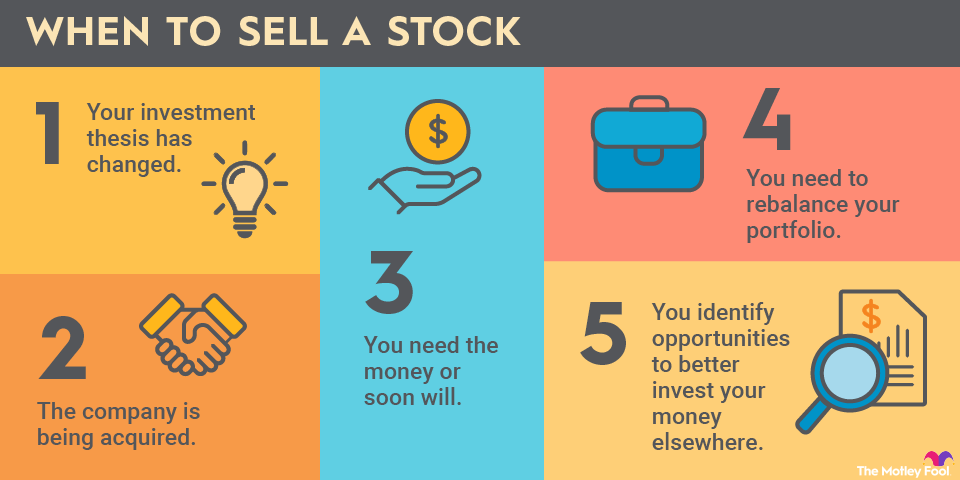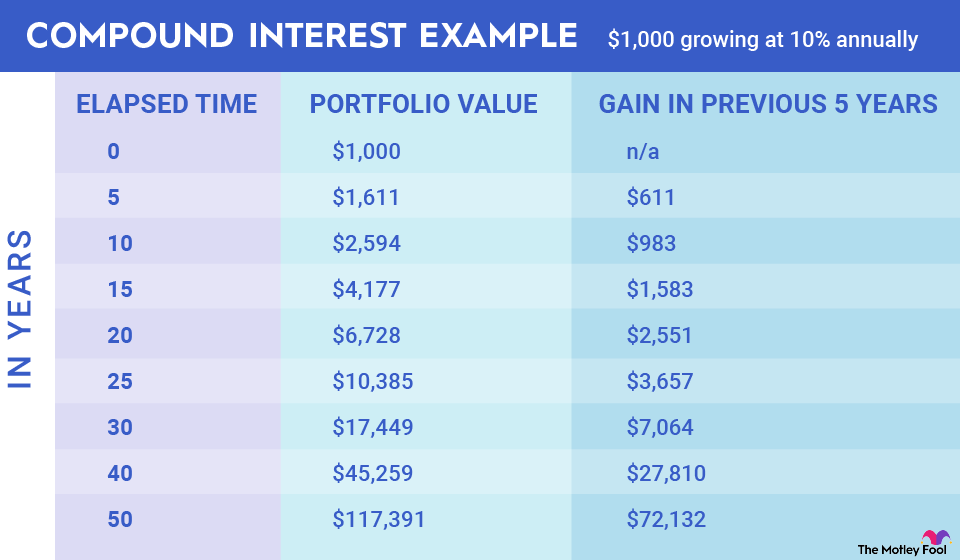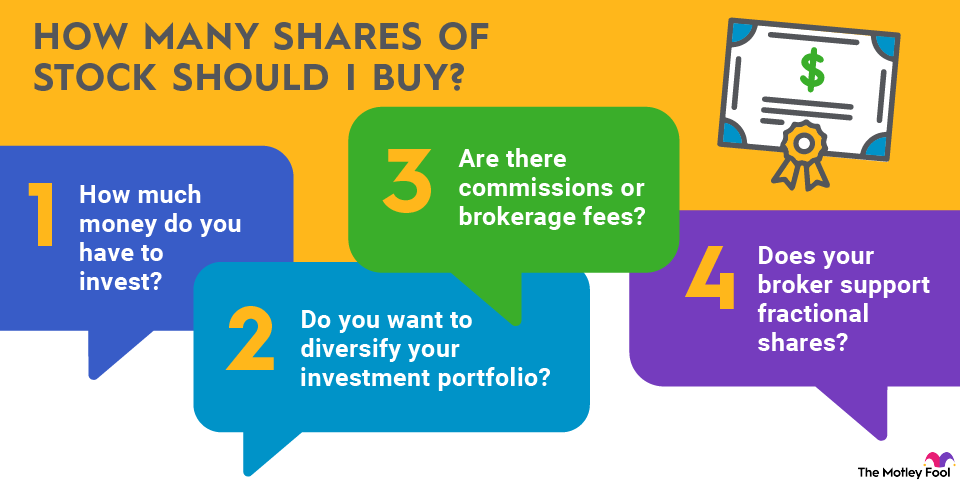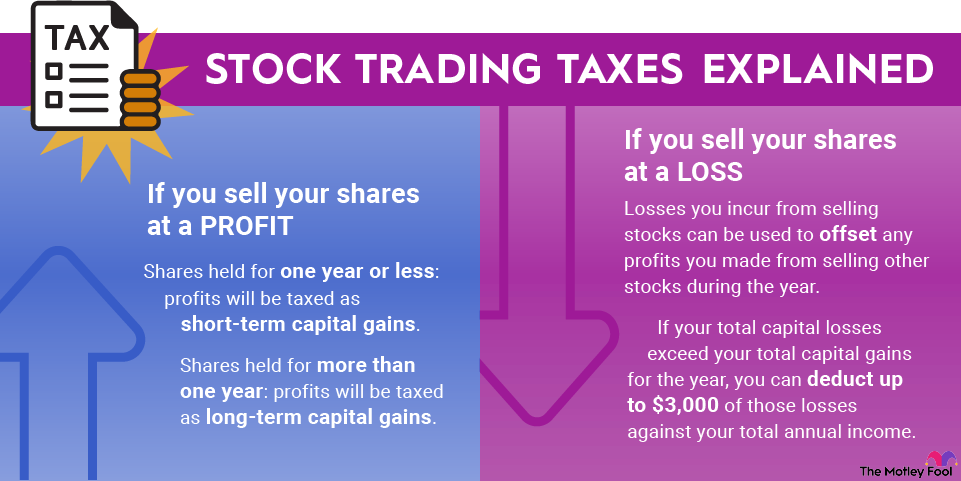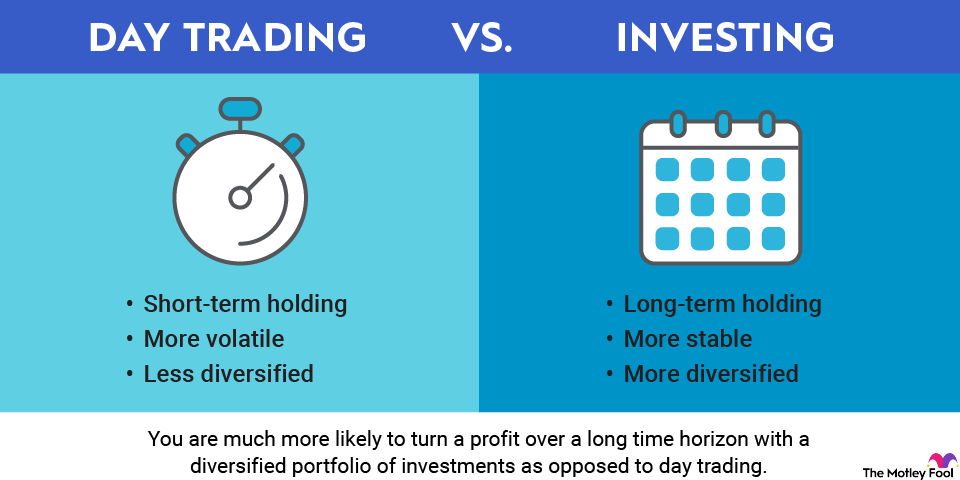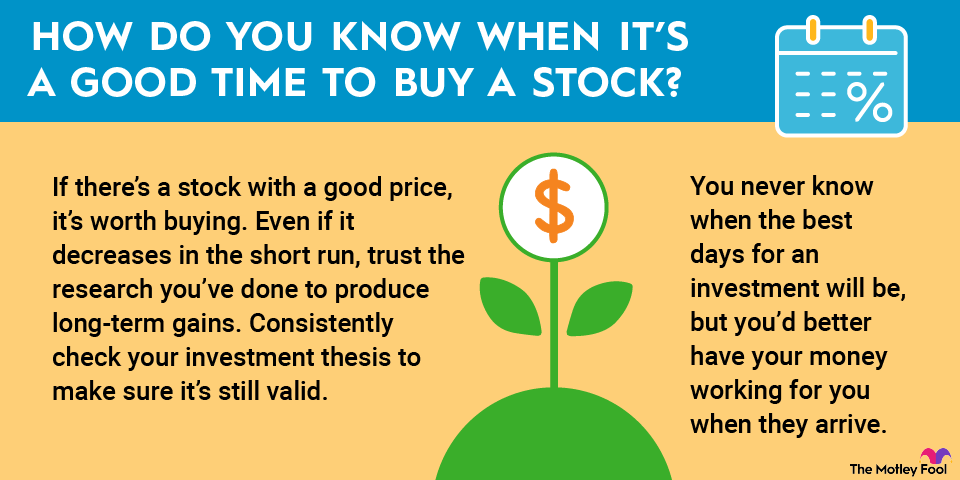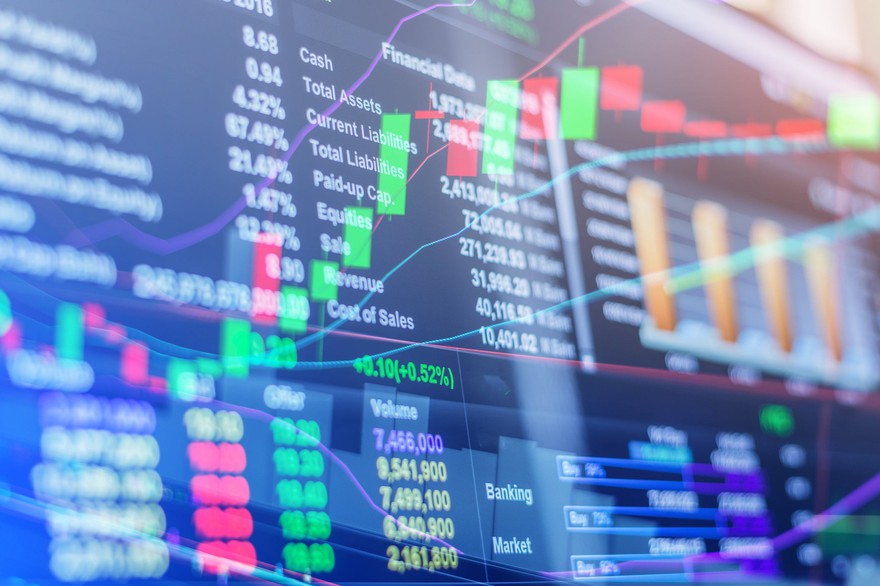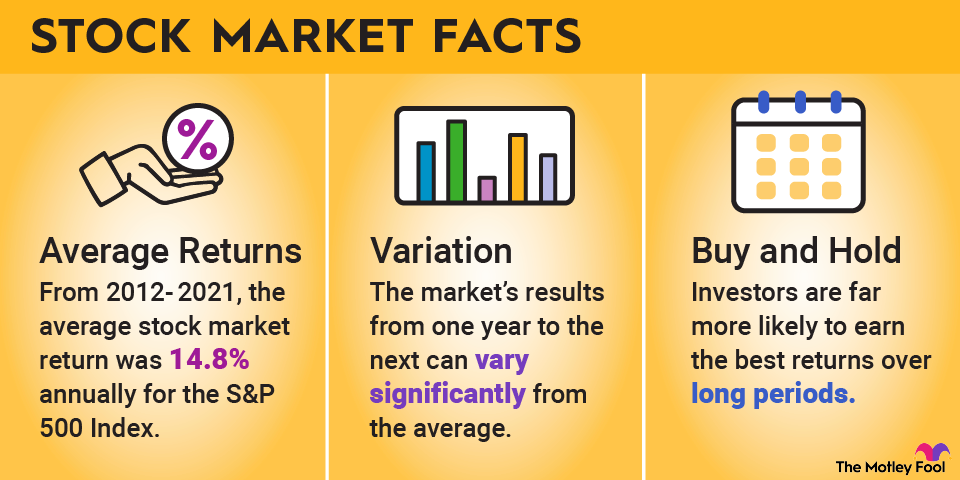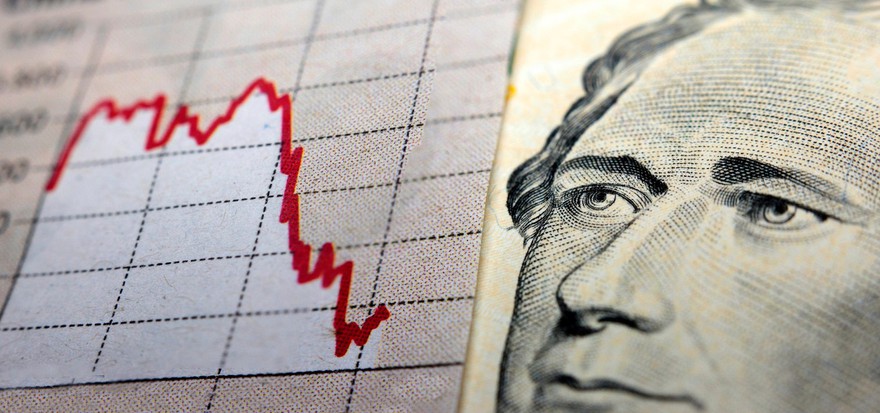
NYSE: CRCL
Key Data Points
It provides a platform and network infrastructure for businesses to utilize digital currencies and public blockchains for payments, commerce, and financial applications. Circle also offers a suite of related services and products, including developer tools and integration services to help businesses incorporate stablecoins into their operations.
Circle was founded in October 2013 by Jeremy Allaire and Sean Neville. Allaire and Neville started the company with the mission of making digital value flow as freely as online information.
Their initial focus was on facilitating Bitcoin (BTC +0.62%) payments, launching a mobile payment platform called Circle Pay that allowed users to hold, send, and receive both cryptocurrency and traditional currencies. The platform later expanded to include fiat currency and other digital currency solutions.
Circle and Coinbase (COIN -1.12%) partnered to co-found Centre Consortium in 2018, at which point the companies launched the USD Coin (USDC) stablecoin together. They aimed to create a standard for fiat on the internet and promote global adoption of fiat-backed stablecoins.
While Circle is the sole issuer of USDC, it shares revenue with Coinbase from interest earned on USDC reserves. Coinbase also holds an equity stake in Circle.
Circle went public in June 2025. Circle's initial public offering (IPO) was considered incredibly successful, particularly after years of a sluggish IPO market. The stock opened at $69 per share and surged to $103.75 before closing at $83.23, representing a nearly 168% increase from the IPO price.
By the end of June 2025, the stock reached an all-time high of $298.99, an 865% gain from the IPO price. Despite the successful IPO, Circle's stock price experienced a pullback after reaching its peak in late June. In August 2025, Circle announced a secondary offering of 10 million Class A shares, with 8 million being sold by existing shareholders, including Allaire, its CEO.
Here's what investors need to know about how to buy Circle Internet Group stock, whether the company is profitable, whether it pays a dividend, and so much more. Let's dive right in.
How to buy Circle Internet Group stock
Because Circle is a publicly traded company, you can buy shares as easily as you would any other U.S.-listed stock. If you're interested in snagging a few shares of the company, here's your step-by-step guide for buying Circle Internet Group stock right now.
- Step 1: Open your brokerage app. Log in to your brokerage account where you handle your investments.
- Step 2: Search for the stock. Enter the ticker or company name into the search bar to bring up the stock's trading page.
- Step 3: Decide how many shares to buy. Consider your investment goals and how much of your portfolio you want to allocate to this stock.
- Step 4: Select order type. Choose between a market order to buy at the current price or a limit order to specify the maximum price you're willing to pay.
- Step 5: Submit your order. Confirm the details and submit your buy order.
- Step 6: Review your purchase. Check your portfolio to ensure your order was filled as expected and adjust your investment strategy accordingly.
Should I invest in Circle Internet Group stock?
Whether or not you should invest in Circle Internet Group will require you to closely examine the types of stocks you gravitate toward, your risk tolerance, and the goals you've set for your portfolio. Circle Internet Group is likely a better fit for investors with a healthy appetite for risk, as well as an understanding of and interest in the complexities of the stablecoin space.
Circle is an undeniably dominant force in the stablecoin market -- USDC is the second-largest stablecoin globally.
The overall stablecoin market is predicted to experience significant growth, potentially reaching $2 trillion by 2028, according to McKinsey. That presents a strong tailwind for Circle's revenue potential.
The recent passage of the Genius Act in the U.S. has established clearer rules and protections for asset-backed digital tokens, such as stablecoins. Many consider this a significant positive for Circle that could reinforce its position as a regulated leader in the industry.
Circle's partnerships with major crypto exchanges, such as Coinbase and Binance (BNB +0.51%), provide a solid distribution network and liquidity for USDC. Circle is actively expanding its offerings with initiatives like its Circle Payments Network and Arc blockchain, which are designed to further enable stablecoin-based financial applications and payments moving forward.
Circle's core business model revolves around issuing and managing USDC. Circle maintains reserves of cash and short-term U.S. Treasury bills that back every USDC in circulation.
The company invests a portion of these reserves primarily in short-term U.S. Treasury bills, earning interest on these investments, which constitutes the vast majority of the company's revenue. The more USDC in circulation and the higher the U.S. Treasury interest rates, the more revenue Circle generates from the reserve yield.
The bottom line on Circle Internet Group stock
Circle Internet Group presents an intriguing but potentially risky investment opportunity. Its leadership in the growing stablecoin and fintech market, along with its expansion into related services, could offer significant upside potential. However, investors should be mindful of the company's reliance on interest income and its high valuation when making any investment decision.
If you are considering putting cash to work in Circle, it's important to understand your personal appetite for risk, maintain a long-term buy-and-hold perspective, and take a position in this stock only as part of an already well-diversified portfolio.











